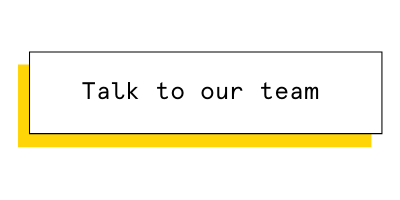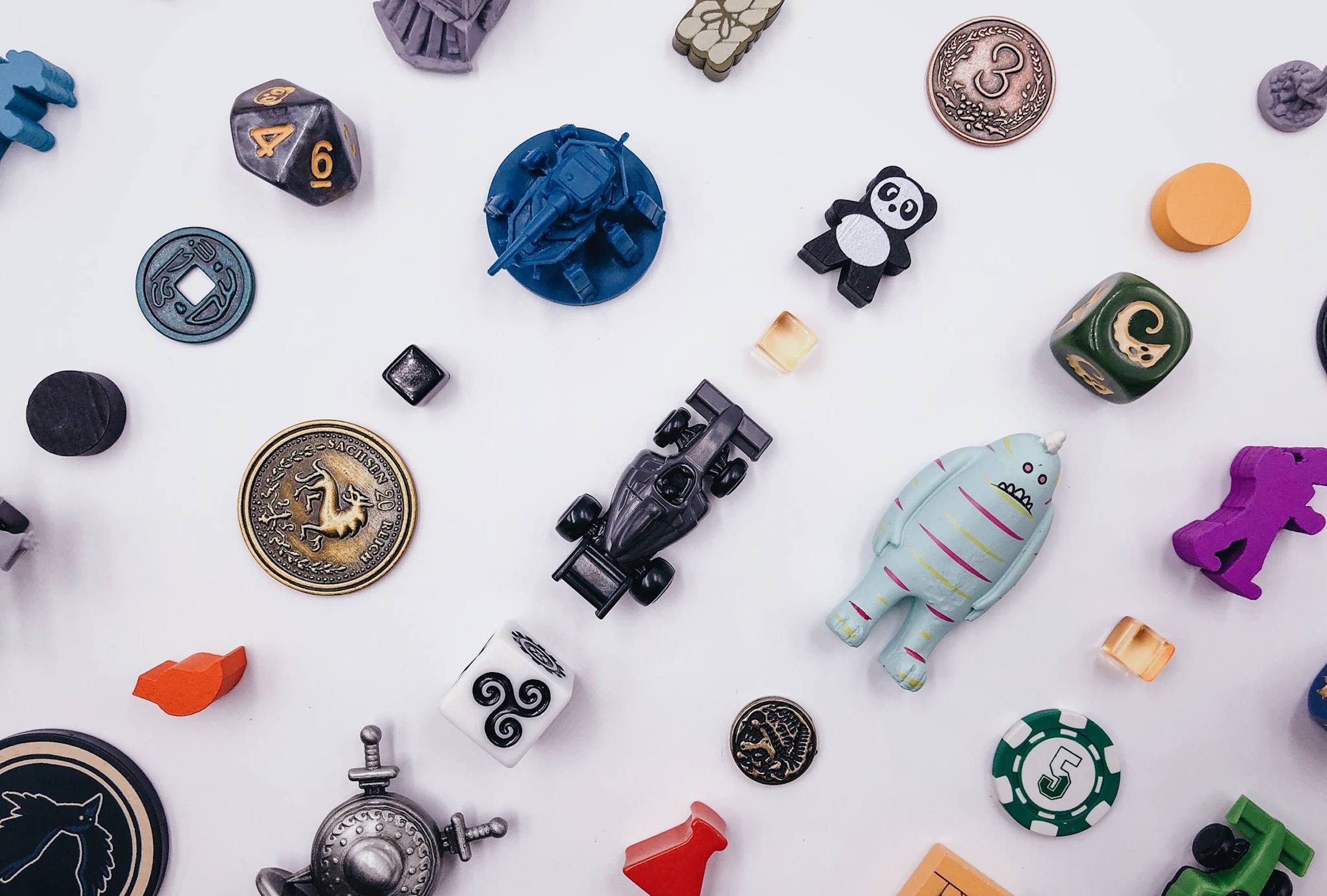After experiencing slowdowns during the early months of the COVID-19 pandemic, the manufacturing industry is ramping back up. While factories are resuming production, you may still be wondering what you can do to shore up your manufacturing strategy. To learn how tabletop game creators can make this process run smoothly, we spoke to Kerry Rundle McIver, a Project Manager at Panda Game Manufacturing. Panda has produced thousands of tabletop games, including Root and Wingspan. They are an industry leader and understand the specific needs that crowdfunding creators have when manufacturing tabletop games. Here are a few of McIver’s top tips.
1. Get a quote that can scale
Getting a price quote will be the first step you take to get your crowdfunding project ready for manufacturing. At this time, you will share all of the basic information about your project, including your planned Kickstarter campaign launch date and a description of your game. When you get your quote, you should have the majority of your game designed and know how many components it will have.
During the quoting phase, you will also be asked about the number of units you plan on producing. While you won’t have exact numbers before you launch your project, you should make sure to get a quote that scales. You should be able to tell your manufacturer the minimum number of units that you’ll require and get a quote for that, and also get another quote in case you need more units. It’s recommended to get one quote for your base version and another one with all of your stretch goals met. Once your crowdfunding campaign finishes and you know exactly what your manufacturing needs are, you can get an updated quote.
2. Be aware of your crowdfunding deadlines and manufacturing timeline
Consumers typically don’t think about all of the steps it takes to bring a product to market. And as a Kickstarter or Indiegogo creator, you may be more focused on your funding goal than your manufacturing timeline. But when you’re manufacturing your game, there will be some iteration that needs to happen. There may also be some component testing that needs to happen. The amount of time this takes will vary from project to project.
After you get your quote, you’ll move into the design verification phase where you’ll prepare your files for print. The majority of projects will have some element that needs to be fixed, so you can expect to have at least a little back and forth with your manufacturer as you get the design ready. This stage varies the most in terms of time because it’s dependent upon how quickly you can adjust and upload files.
Next you’ll go through the pre-production phase where your manufacturer will make samples of non-printed components and send you a pre-production copy of your game. During this stage, you must make sure that everything is aligned correctly, that all materials and finishes are correct, and that all of the cards that are supposed to be there are there. After this, you’ll move into mass production, which can take anywhere from 8 to 12 weeks.
If this is your first project, you won’t know exactly how long all of this will take. Afterall, you’re still learning how to work with your manufacturer, and they’re learning how to work with you. So when you’re telling your backers when production will be finished, make sure to build in buffer time.
Your manufacturer will give you a timeline, but you should add a few extra months as a buffer. Remember, backers are never upset when the project is delivered early, but they’re almost always upset when the project is late. Be transparent about your timeline with your backers. Let them know how things are progressing. You may even be able to ask your manufacturer to take photos of your game in production, which you can share with your backers. Whether your project is on schedule or not, keeping in touch with backers as your crowdfunding project makes its way through manufacturing helps you build trust.
3. Design your crowdfunding project with manufacturing costs in mind
Being cost-conscious doesn’t mean that you can’t still create a great game. You just have to be creative and resourceful. To save money, think about ways to use components that have multiple functions, see about using your manufacturer’s existing component molds rather than creating custom ones, or consider using more budget-friendly materials. “If you have something where you need 150 wood pieces, that’s going to look really cool, but when you have 150 of anything, it can get a little expensive, and also heavy for shipping,” McIver says. In a case like this, you might consider using an alternative material, like punchboard game tokens instead of wood tokens.
You might also consider using a smaller box. In the past, the conventional wisdom was that you want your game to have shelf presence, and to achieve that you need a larger box. But given the fact that now many people are staying indoors due to public health concerns, and so much retail is happening online, shelf presence doesn’t matter as much as it used to. A small box is less material for the box itself, which cuts down manufacturing costs. It will also weigh a little less, which will help you cut back on shipping costs.
Let your project manager know what your budget is during the quoting process, so they can help you figure out the most affordable way to get everything you’re looking for.
4. Communicate with your manufacturer
Think of your manufacturer as a partner. They’re on your team and want you to be successful. You can help them and ultimately yourself by being very vocal about what you want and asking for suggestions.
Make sure to alert your manufacturer to anything that you think would need a little extra attention. For example, you might have a plastic tray that you want packed in a specific way. Or maybe you have a hidden deck of cards that needs to be packaged in a way that prevents you from seeing the top card in the deck. The more information you’re able to give your manufacturer about exactly what you want, the better.
Of course, if this is your first Kickstarter or Indiegogo campaign, you might not know exactly what you want. This is when it’s especially important to communicate freely. If, for instance, you need some advice about game pieces or materials, you can always turn to your manufacturer. They’ve seen it all, and can give you tips and other insights to make sure your game meets your expectations.
5. Think about stretch goals and fulfillment early
You should be thinking about fulfillment as you’re determining which manufacturer is the best fit for you. “A lot of times, I have clients who will ask for fulfillment recommendations of fulfillment partners while we’re doing the quoting process, that way they understand that leg of the process as early as possible,” McIver says.
As you’re devising your fulfillment plan, you should consider the benefits of a pledge manager. BackerKit has integrations with a number of fulfillment partners, including Amplifier, Shopify, and Easyship. Not only will BackerKit Pledge Manager help you keep backer data organized after your campaign is funded, but it also automatically generates orders from backer survey responses. From there, you’ll be able to export the orders directly to your fulfillment partner.
You’ll also want to think about your stretch goal rewards early. McIver says, “As we’re going through quoting, if you’ve got stretch goals in mind, ask us to quote those out for you too. Even if it’s stuff like upgrading card quality. Have us price that out for you early.” If you don’t end up reaching your stretch goal, you can include those items in your BackerKit pre-order store or use BackerKit’s add-on stretch goal feature to set an order goal for an add-on item and run a stretch goal campaign.
Stretch goals add an extra layer of complexity to your project — you’ll have more rewards to create and ship. But if you already know how much everything is going to cost, you won’t have to scramble in the middle of your campaign, and can focus on community building and communicating with backers.
6. Plan your shipping strategy
Take some time to figure out how you’re going to get your game to your backers, customers, or retail outlets. Start by discussing your crowdfunding project with your manufacturing project managers early. They can give you shipping cost estimates for both ocean and air shipping.
Another option is to charge for shipping after your campaign. This growing trend takes the guesswork out of determining your shipping cost because you’ll know how much the product weighs and won’t have to estimate. You can add shipping costs to your post-campaign survey in BackerKit. Using BackerKit’s Shipping Profiles, you can charge shipping based on the location of the backer and the total weight of the items they’ve ordered.
Whichever strategy you choose, it’s important that you make the decision before you launch your campaign. You’ll also want to make sure that you’ve let backers know when they’ll be charged for shipping, so you can manage expectations.
With a firm understanding of how to get your crowdfunding project through the manufacturing process, you can deliver an amazing final product and minimize delays. Get more insights and expert advice in our webinar, Crash Course in Game Manufacturing. If you’d like to learn more about fulfillment, and how BackerKit can help you deliver your game, reach out to our team. 
